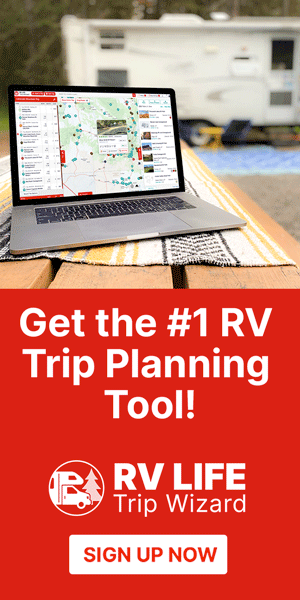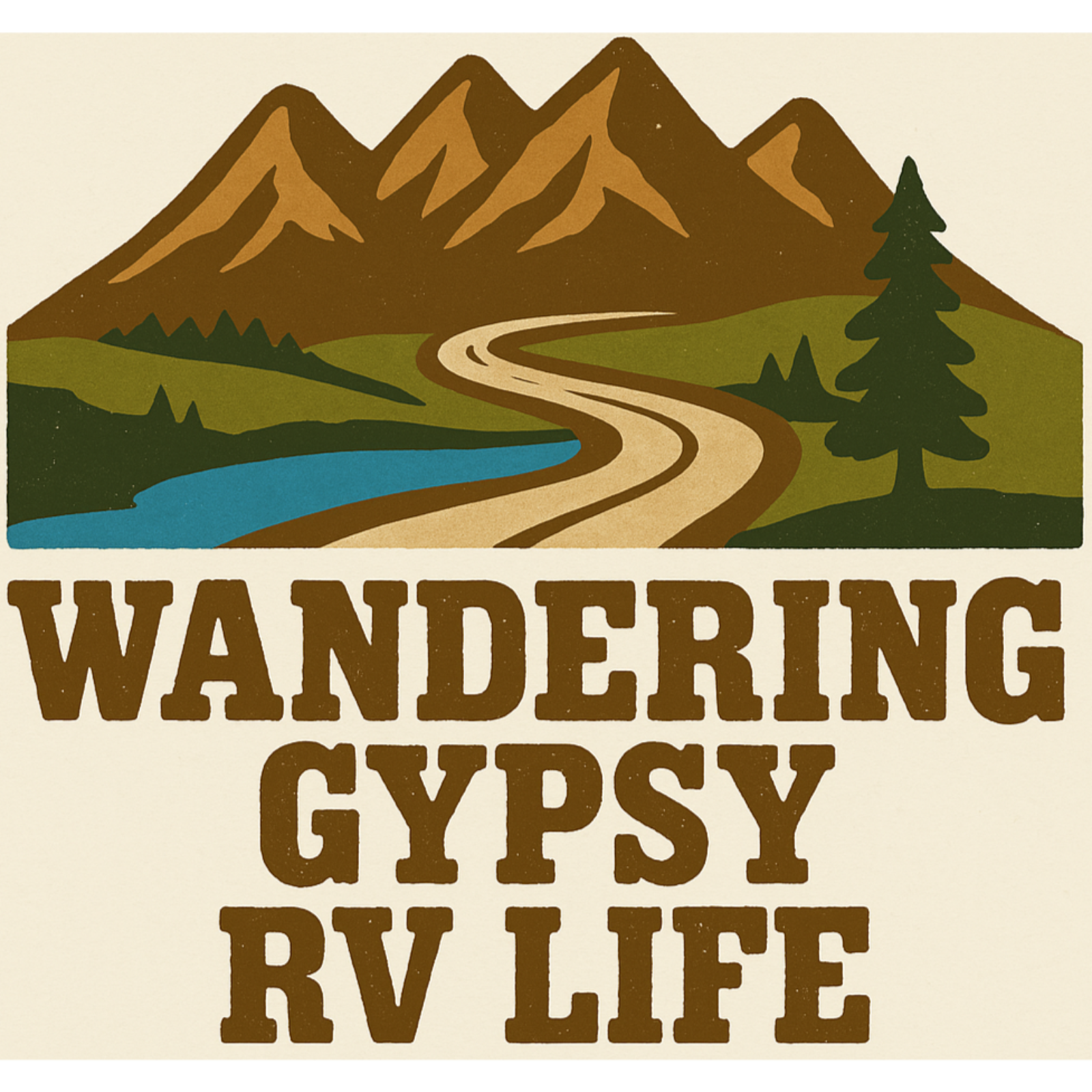Out here on the road, in the vast open stretches between the places we dream of and the ones we’ve yet to discover, there’s one thing that keeps the dream alive—RV maintenance.
I know, I know. It’s not the most glamorous part of RV life. It’s not fly fishing the North Platte River. It’s not pulling into a rodeo arena under a big western sky. But it’s the foundation of it all. It’s what makes sure Bertie Bea (my 2016 Tiffin Allegro Open Road 34PA) and Rosie (my ever-reliable tow car) keep rolling strong, day after day, mile after mile.
Let me take you behind the scenes of life on the road and share some lessons I’ve learned—not from a manual, but from experience.
A Windshield, a Thunderstorm, and a Wake-Up Call
Earlier this summer, after logging a 7,500-mile loop through Alabama, Texas, Colorado, Wyoming, North Dakota, Montana, and back, Bertie Bea gave me a little reminder of what neglecting maintenance can cost. A bit of water was creeping in around the windshield seal. At first, it didn’t seem like much. But then came a good old-fashioned Wyoming thunderstorm—and suddenly, I had a real mess on my hands.

The fix? A trip to Red Bay, Alabama—Tiffin HQ—where 1st Class Glass resealed the windshield and even added a slick Tiffin logo while they were at it. The lesson? Small issues can quickly escalate into significant problems. And the cost of prevention is far less than the price of repair.
The Big Five (Okay, Six) RV Maintenance Must-Dos
If you’re traveling full-time or even just seasonally, these are the systems you’ve got to keep a close eye on:
1. Roof Reseal and Inspection
Your roof is your first line of defense. UV rays, weather, and tree branches don’t care how far you’ve come. I recently had Bertie Bea’s roof stripped and resealed by the folks at Precision RV in Golden, Mississippi, down to the fiberglass and resealed with factory-grade CSL self-leveling caulk. I check mine every 12–18 months. Some say every 10 years, but I’d rather be safe than soaked.
2. Air Conditioner Health

There’s nothing quite like rolling into a sweltering campground in July only to find your AC blowing hot air. Clean those filters monthly. I replace mine with factory-grade filters and have installed a Micro-Air EasyStart to help the unit handle low-voltage campground power. It’s a game-changer—especially at rallies where the juice is often just enough.
3. Windows and Windshields
Vibrations and temperature swings can dry out and crack your seals. After my own windshield leak episode, I do a visual check monthly. Keep a caulk gun with clear sealant in your toolkit. It’s a five-minute fix that can save you a soaked dashboard.
4. Propane System Safety

This one’s serious. I do an annual propane leak test at the Bob Tiffin Service Center. I also installed a GasStop shutoff device. If there’s a leak, it cuts off gas to the rest of the coach—simple, effective, and one more layer of safety. If your stove’s flickering or your furnace is struggling, inspect it before the issue becomes more severe.
5. Tires & Suspension
Bertie Bea got six new shoes this year—Toyo M156 14-ply 265/75R22.5 tires. They were five years old and looked fine, but looks can be deceiving. RV tires age out long before they wear out.

I monitor them with the TST 507 Tire Pressure Monitoring System from TechnoRV. This device provides me with real-time data on pressure and temperature, and it has saved me more than once when towing Rosie through desert heat or mountain passes.

And don’t forget your suspension. Listen for squeaks and rattles. Trust your gut—if it feels off, it probably is.
6. Slides and Slide Motors

This one bit me recently. My rear vanity slide, a Schwintek system, started getting out of sync—harder to open, harder to close, more hassle than it was worth. Eventually, the motor gave up completely. Fortunately, the techs at the Bob Tiffin Service Center swapped it out, and now she glides like butter.
Lesson? Check your slides quarterly. Watch for hesitation or drift. Fix it early, and you won’t be stuck manually cranking it in when you’re 200 miles from the nearest RV tech.
My RV Maintenance Rhythm
Here’s how I keep things running smoothly:
🗓 Monthly
- Replace AC filters
- Check tire pressure
- Inspect seals, hoses, and undercarriage
- Run the generator under load for 2 hours
🗓 Quarterly
- Check slide toppers
- Inspect slide systems
- Visual battery inspection (AGM in Bertie Bea)
🗓 Annually
- Full roof inspection and reseal if needed
- Propane leak test
- Generator oil and filter change
- Chassis inspection and oil change
I track it all in a simple spreadsheet, but there are also apps that make this easy. What matters most is consistency.
Bonus Road Wisdom (From One Traveler to Another)
- Carry spares: fuses, bulbs, water filters, screws, gaskets… even a spare water pump
- Do a walkaround before every travel day—five minutes now can save five hours later
- Use a flashlight during inspections—shadows show cracks better
- Make a pre-departure checklist and use it. Yes, even seasoned RVers forget things
Final Thoughts
RV maintenance might not be glamorous, but it’s the secret sauce behind every smooth trip, every spontaneous detour, and every starry night parked beside a river full of trout.
It’s what lets us wander with confidence—knowing our rig is ready for whatever’s around the next bend.
So take care of your roof. Listen to your tires. Hug your air conditioner if it’s blowing cold air on a 91-degree day. Because when you take care of your rig, it’ll take care of you—every mile, every mountain, every memory.
📣 Stay Connected
If you enjoyed this post, be sure to:
- 🎧 Subscribe to the Wandering Gypsy RV Life Podcast on your favorite podcasting app
- 📺 Follow our adventures on YouTube
- 📸 Join us on Instagram
- 💬 Let us know your favorite maintenance tip in the comments!
And if you’re looking for the gadgets and gear I trust to keep Bertie Bea and Rosie rolling, check out TechnoRV.
Until next time—keep your campfire warm, your coffee strong, and always remember… not all who wander are lost.
📍 See you down the road







































